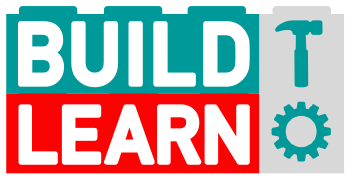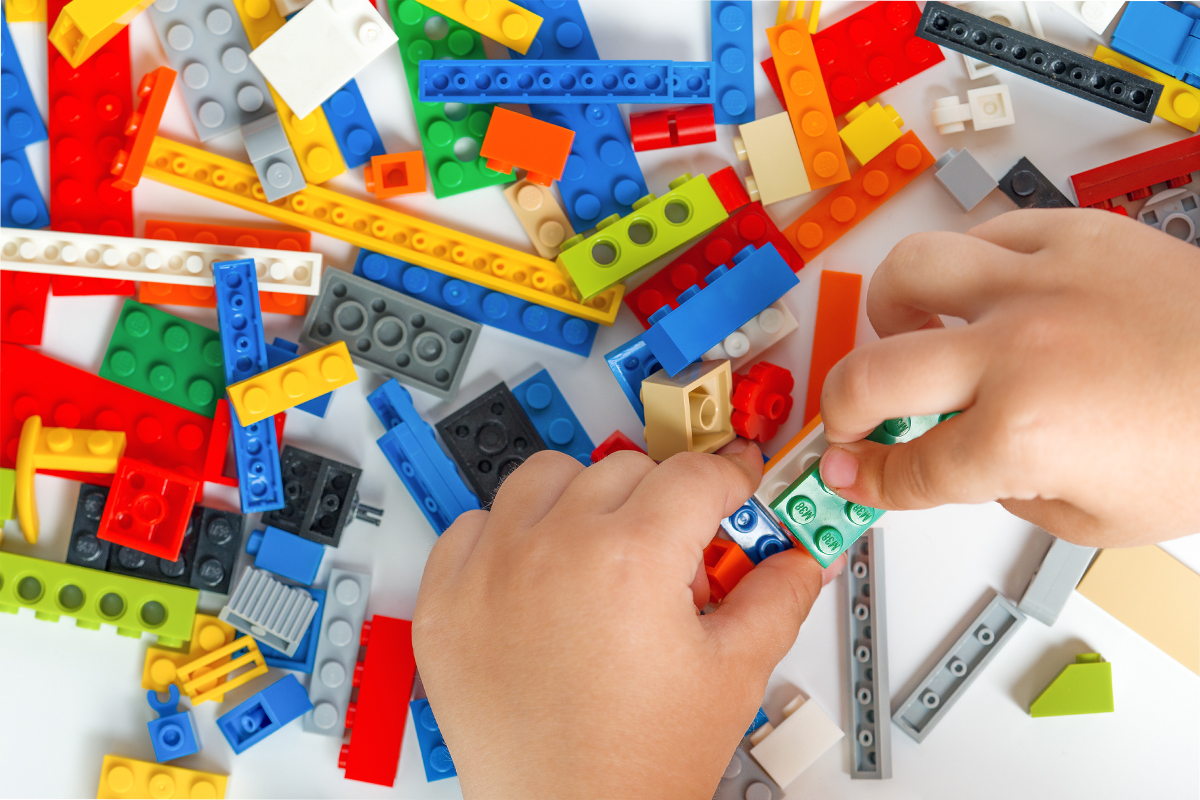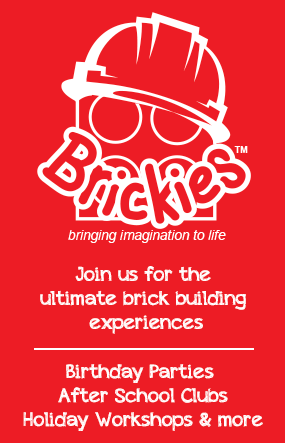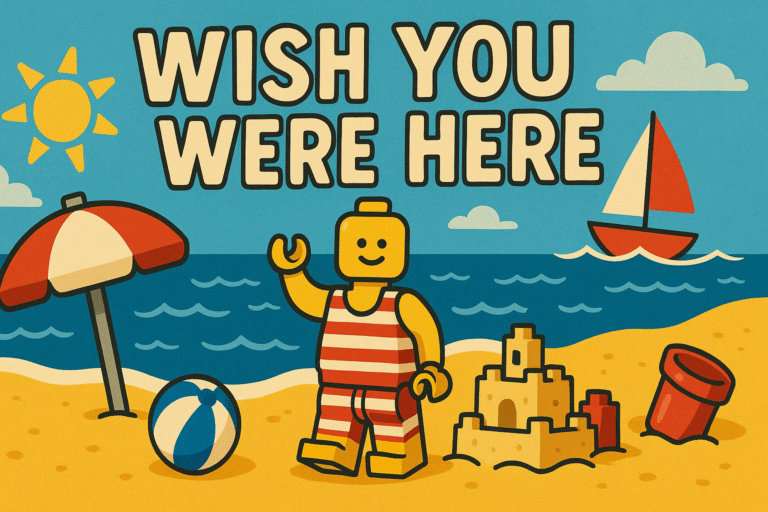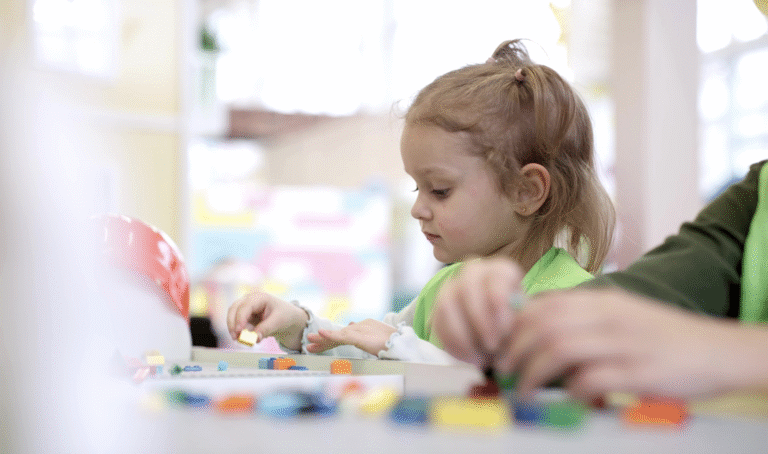Resilience Isn’t Just Taught—It’s Built, One Brick at a Time
At some point in every workshop, a child will experience a setback. It could be a model collapsing just before completion, a structure not turning out as expected, or the frustration of struggling to bring an idea to life.
For some, the reaction is immediate—they dive straight back in and start fixing it. But for others, the moment is overwhelming. Some freeze, unsure if they even want to try again. Others sigh in frustration, ready to abandon the build altogether.
But what happens next is what really matters.
In these moments, resilience isn’t something we explain—it’s something children experience. And how we respond—whether as educators, facilitators, or peers—determines whether they see this as failure or an opportunity to try again.
Reframing Setbacks: From Frustration to Persistence
A common reaction when something goes wrong is an automatic “Oh no!” from adults and children alike. It’s an instinctive response to seeing hard work undone. But what if, instead of treating a setback as a disaster, we treated it as just part of the process?
In hands-on learning, failure isn’t abstract—it’s immediate and visible. A structure collapses. A bridge doesn’t hold. A design doesn’t work as expected.
What’s fascinating is how much children look to adults for cues on how to react.
If frustration is met with concern, they may see it as a problem too big to fix.
If it’s met with calm reassurance—“That’s okay, we can rebuild it.“—it shifts the entire perception of failure.
Some students hesitate before reacting, as if waiting for permission to keep going. A simple shift in language and tone can make all the difference in helping a child decide whether they give up or try again.
Resilience begins when frustration isn’t treated as failure—but as progress in disguise.
The Role of Peers: How Support Fuels Resilience
In a classroom setting, when one student struggles, others notice. The instinct to help is often immediate—but what’s most interesting is how that support takes different forms.
In a recent school workshop, a six-year-old boy had spent nearly an hour perfecting a LEGO house. Just as he stepped back to admire it, the structure collapsed.
Before an adult could intervene, three nearby children stepped in.
- One began picking up the pieces without hesitation.
- Another comforted him, saying, “It’s okay, we can fix it.”
- The third started rebuilding from memory, reconstructing what had been lost.
Within minutes, the house was standing again.
There was no formal teamwork, no instructions—it just happened.
What’s fascinating is how adults often focus on the emotions of the child who is struggling, while peers naturally shift the focus to problem-solving. Instead of dwelling on the setback, they move toward what needs to be done next.
This peer-led problem-solving is one of the most valuable but often unspoken aspects of resilience.
The First Step is the Hardest: Resilience Before Growth Mindset
Not all resilience is about bouncing back from failure—sometimes, it’s about having the courage to start in the first place.
Many students hesitate before even beginning a challenge.
A common phrase in schools is “You can’t do it… yet.” This encourages a growth mindset, but before children can believe they will improve, they need the resilience to try.
For some, the end goal feels overwhelming, and that alone can stop them from starting.
One of the most effective ways to encourage persistence is by breaking down the challenge into manageable steps.
In an Ancient Egypt workshop, students are tasked with building a pyramid.
Some start stacking bricks immediately, only to realise their structure isn’t stable. Through trial and error, they reverse-engineer their design, adding reinforcements to strengthen it. Others stare at the pile of bricks, unsure of where to begin. The idea of creating a pyramid feels too complex. But once they start layer by layer, confidence builds alongside the structure. This highlights an important truth: resilience isn’t about mastering something immediately—it’s about starting, adapting, and pushing forward.
By the end, they haven’t just built a pyramid—they’ve experienced how perseverance leads to progress.
Recognising Resilience: Why Acknowledgment Matters
We often talk about the need for children to be more resilient, but how often do we actually celebrate resilience when we see it?
At the end of every workshop, we reflect on moments where students demonstrated resilience—not just to reinforce learning, but to ensure they actually see what resilience looks like.
- Who had a build that broke today?
- How did you feel when it happened?
- What did you do next? Did you give up, or did you rebuild it?
- How did it feel once you completed it again?
Most students say they felt frustrated when it happened—but proud when they finished it again.
That’s the lesson. Resilience isn’t just about pushing through frustration—it’s about recognising the achievement that comes after.
And the more we acknowledge these moments, the more students begin to see themselves as capable of overcoming challenges—not just in LEGO workshops, but in all aspects of learning.
Final Thoughts: Resilience Is Built in the Moments That Challenge Us
Resilience isn’t something children learn from a definition—it’s something they experience in the small, everyday challenges that test their patience, persistence, and ability to adapt.
If we truly want children to build resilience, we need to:
- Recognise and celebrate resilience when we see it.
- Create environments where struggle isn’t failure—it’s progress.
- Shift focus from end results to the value of trying.
Because in the end, resilience isn’t just about bouncing back. It’s about having the courage to begin again.
Bringing Resilience into Your Classroom
If you’re an educator looking for ways to develop resilience in your students through hands-on learning, we’d love to help.
Explore our curriculum-based workshops today and see the difference hands-on learning can make in your classroom.
